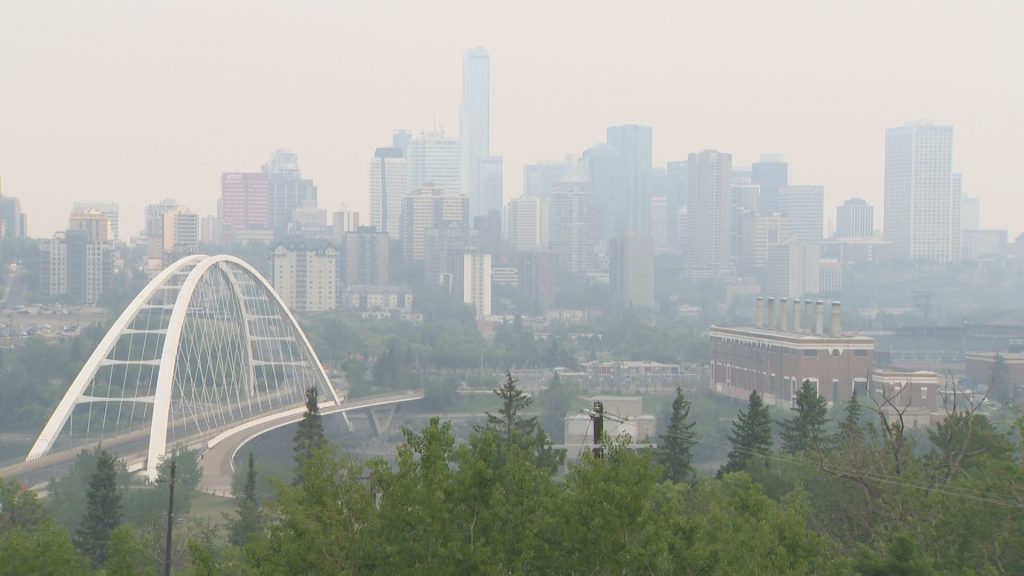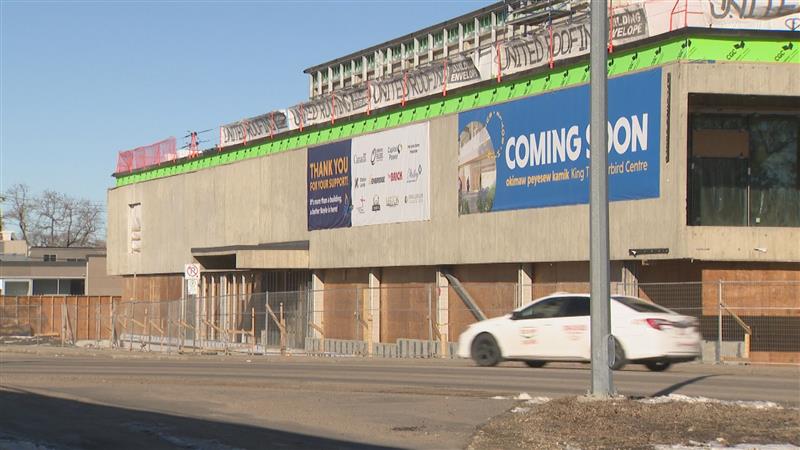Nature Conservancy of Canada launches effort to save Prairie Grasslands
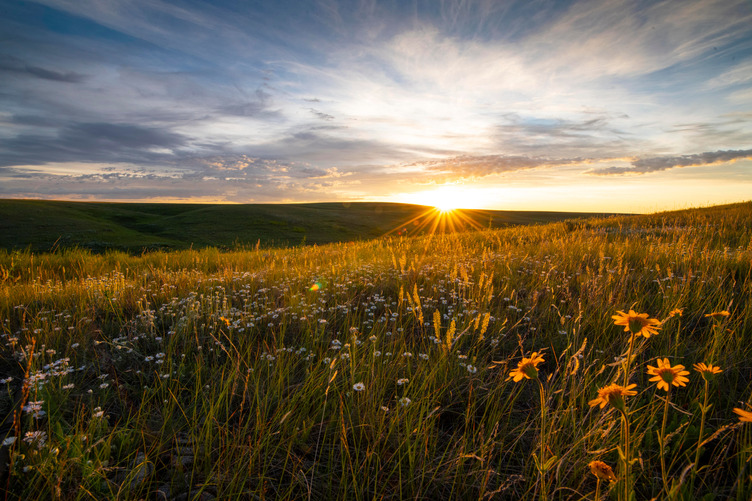
Posted June 5, 2023 2:11 pm.
The Nature Conservancy of Canada is launching an effort to save more than five-thousand square kilometres of Prairie Grasslands across Manitoba, Saskatchewan, and Alberta – an ecosystem that they say is extremely endangered in Canada.
Roughly 80 per cent of Canada’s Prairie Grasslands have disappeared, this according to the Nature Conservancy of Canada. Cary Hamel, the director of conservation in Manitoba says grasslands have been overlooked and undervalued up to this point.
“It really is an endangered habitat. Every one of these patches is full of important species. The time is now. We need to stop the loss now. It’s actually time to think about restoring some key places and helping support all those landowners and the managers that are already working to do that,” said Cary Hamel, director of Conservation in Manitoba at the Nature Conservancy of Canada.
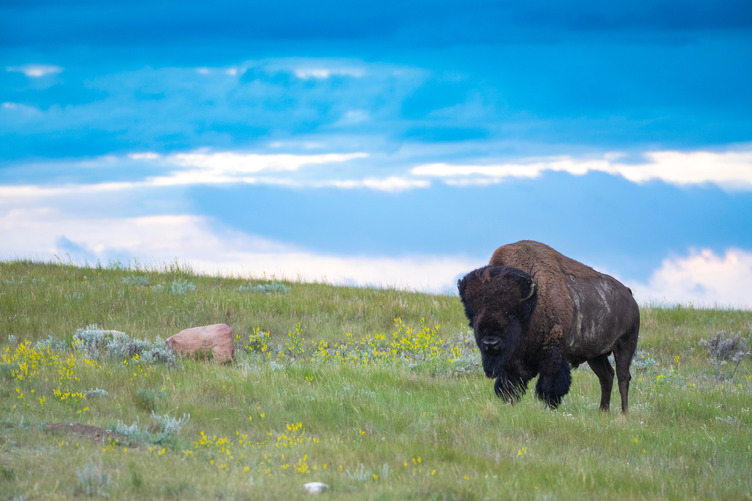
Old Man on His Back Prairie and Heritage Conservation Area, SK. (Photo Credit: Nature Conservancy of Canada)
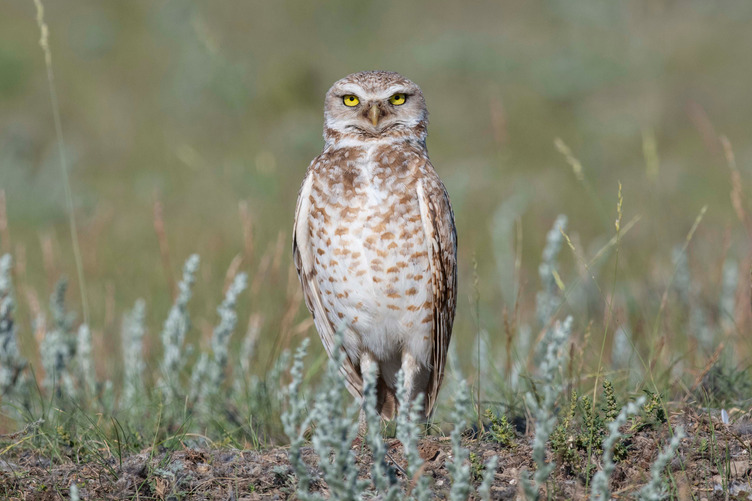
Burowing Owl, SK. (Photo Credit: Jason Bantle)
Hamel says around 600 square kilometres of the Prairie Grassland is lost every year. NCC plans to raise $500 million to conserve and protect 500,000 hectares of the Prairie Grassland by 2030 – an area that is six times the size of Calgary.
Hamel says there are grasslands in B.C., Ontario, and Newfoundland that are at risk, but says the grasslands in the Prairies are most at danger.
“These grasslands are part of our past. They have sustained us for generations. It’s where food comes from, clean air, clean water, pollinators. I think it’s time we care for those grasslands as well,” said Hamel.
NCC has began a new project in Southwestern Manitoba, identifying 453 hectares of land for protection in Wawanesa, Manitoba – making it the largest-ever conservation deal in the province.
Tom Lynch-Staunton, vice president of the Nature Conservancy of Canada in Alberta, says cultivation is one of the biggest threats to the Prairie Grassland, but urban development is also another major cause for the disappearance of this ecosystem.
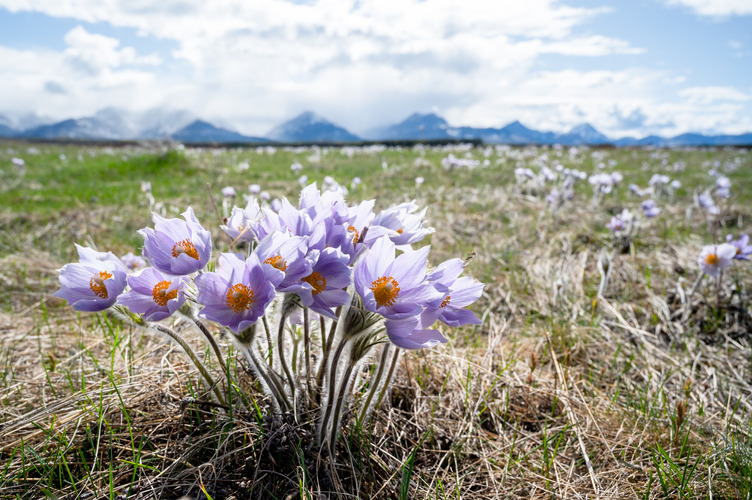
Prairie Pasqueflower (Crocus) Flower Bloom on Yarrow, AB. (Photo Credit: Sean Feagan)
“When these pieces around cities of our best soils get lost to development, we have to replace that farm land with some other land somewhere else, that’s why we see that churn, knock-on effective grasslands getting converted,” said Lynch-Staunton.
Lynch-Staunton says grasslands provide a great deal of benefits. They provide a resource for grazing livestock; they provide drought and flood mitigation; and provide an immense amount of carbon storage. He says once we lose the grasslands, they are extremely hard to restore.
“It’s for not just the well-being of the planet, but it’s also for the well-being of ourselves, so we can also continue to enjoy these natural grasslands, wildlife and biodiversity that they have amongst them for our own well-being and the next generations of Canadians that will be on the landscape,” said Lynch-Staunton.
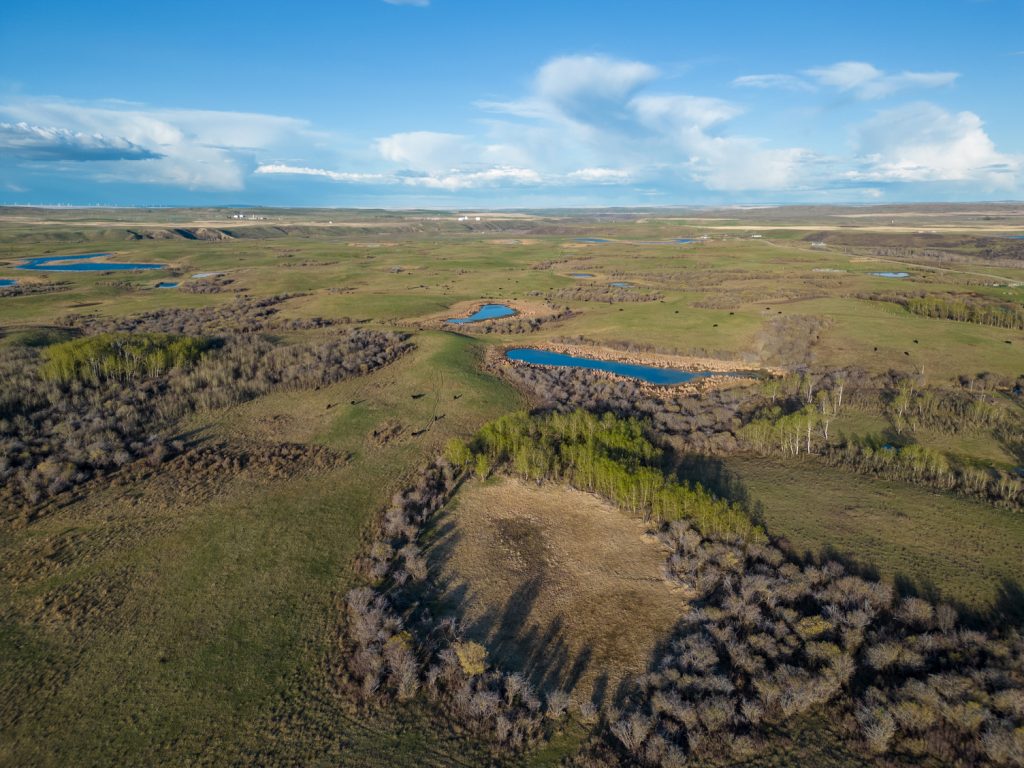
Yarrow May 2023, AB. (Photo Credit: Sean Feagan)
Hamel says protecting the Prairie Grasslands is an effort that everyone needs to take seriously.
“Get out to a grassland. Go to a Prairie preserve. Take kids with you. Take seniors with you. Really connect with our heritage and let’s keep it around for future generations.”
